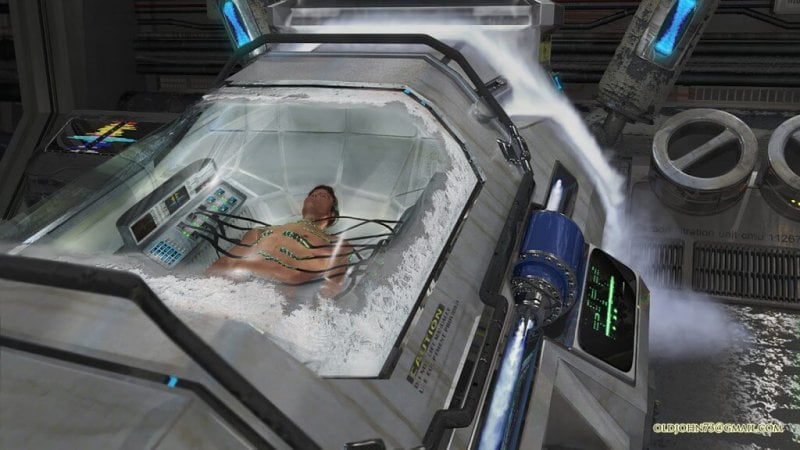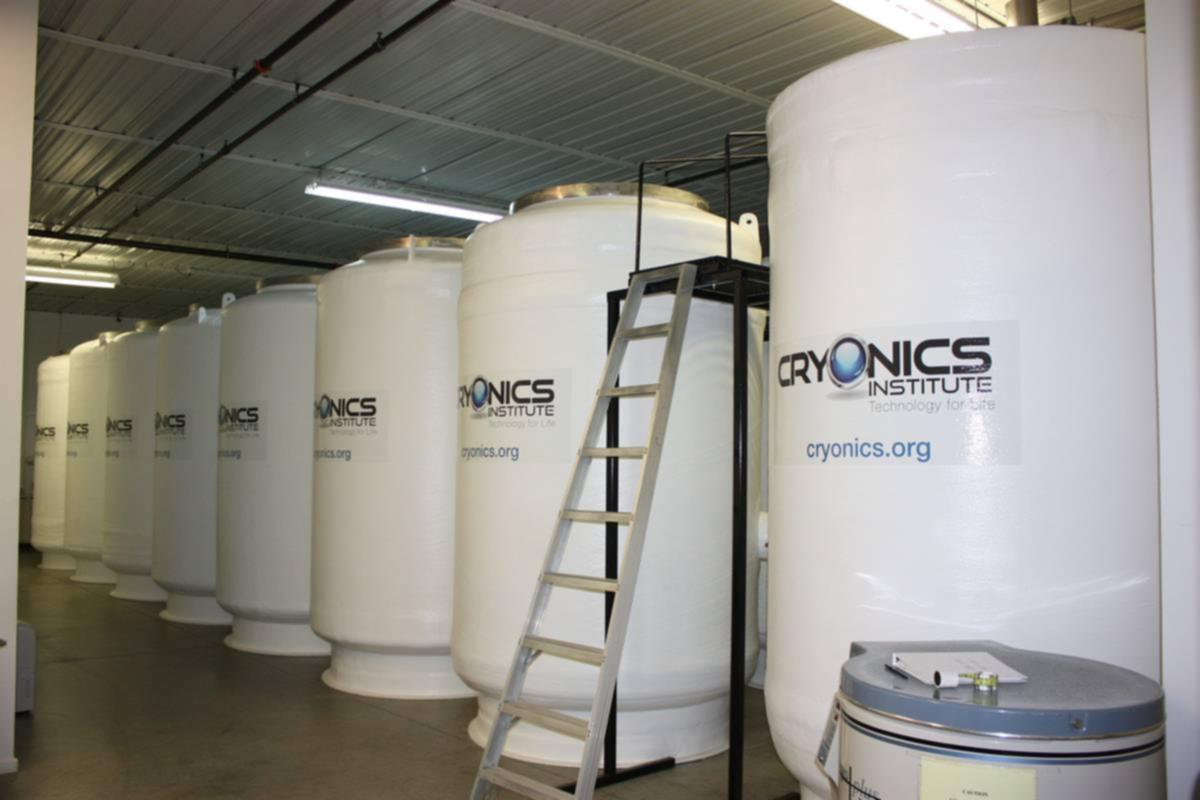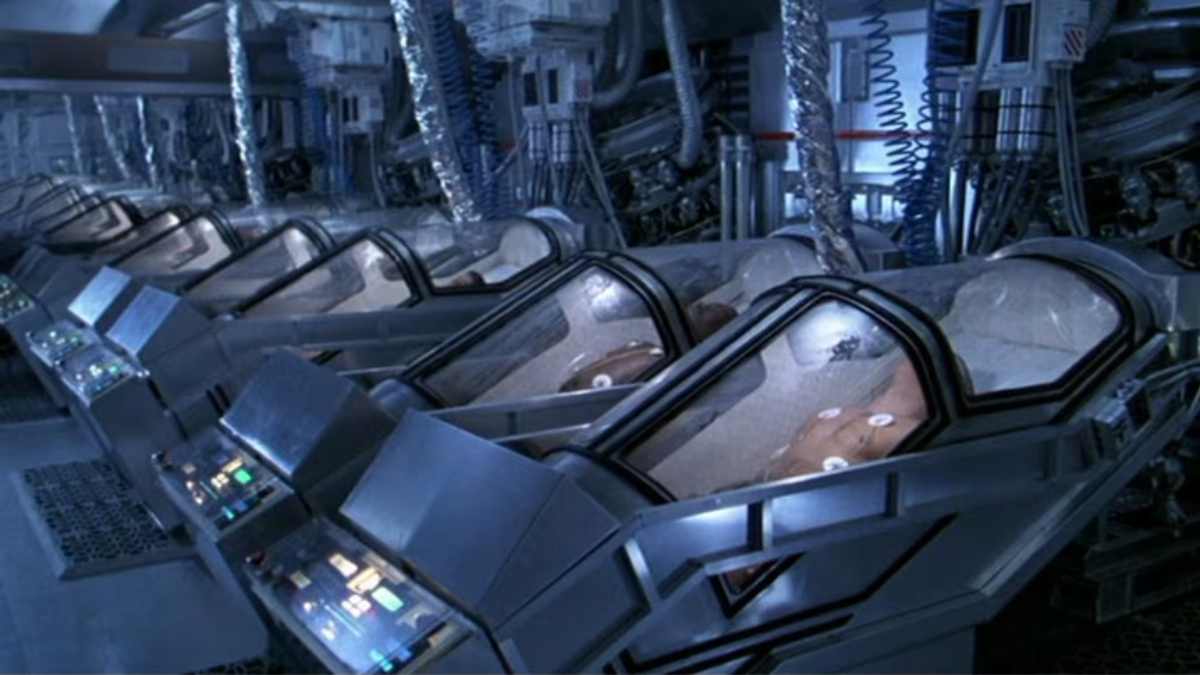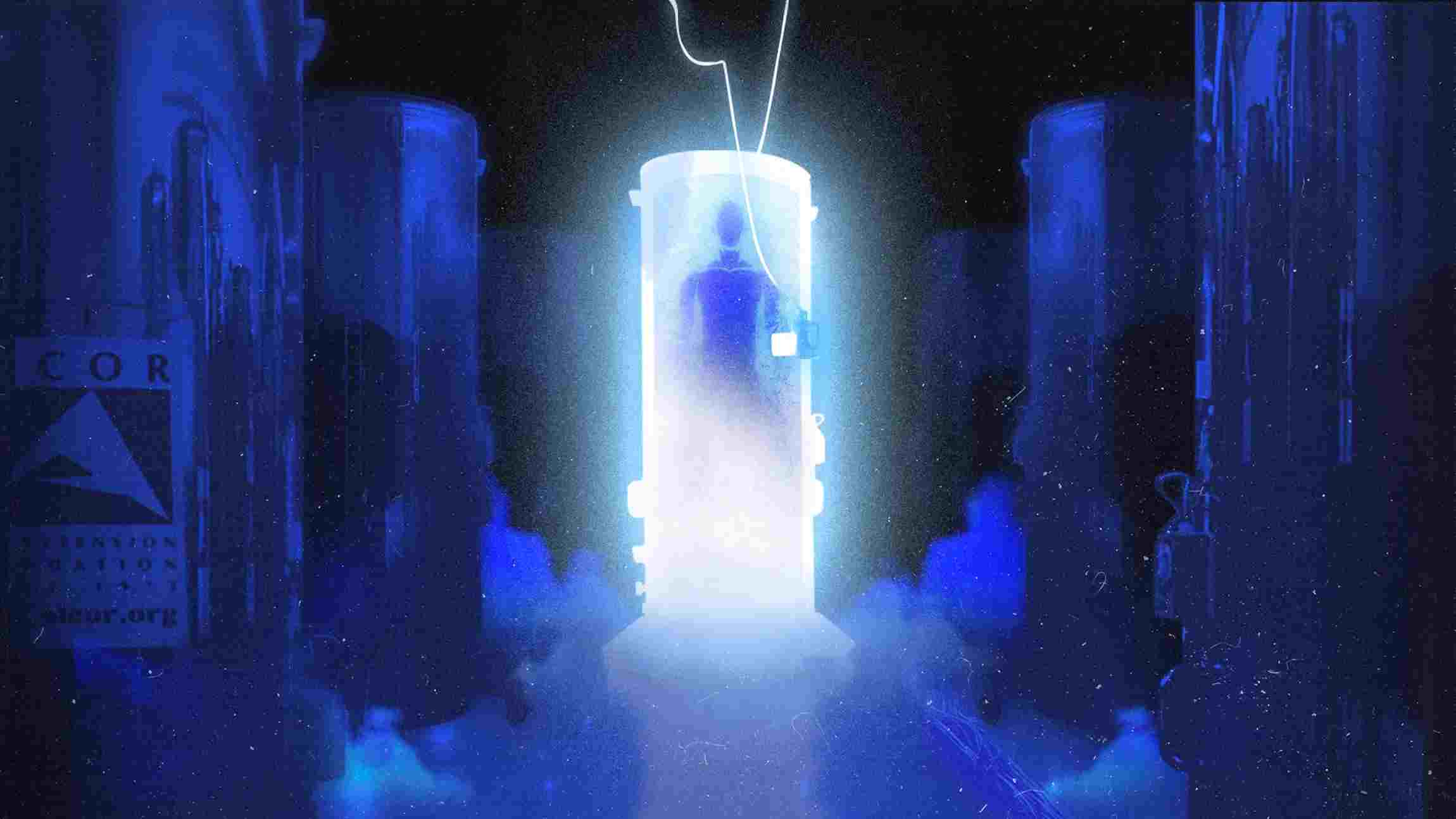The Human mind's quest to achieve something extraordinary has turned to new a new page. A cryogenic firm based in the southern hemisphere of the earth has claimed to dry freeze its first client in hopes of bringing the person back to life in the future. Southern Cryonics, an Australian Company announced that, in association with CryoPath, they have successfully preserved their first client, making it the first cryogenic preservation in the Southern Hemisphere. The body is claimed to be preserved and stored in a dewar tank at Holbrook facility of the company.
We’re thrilled to announce our first successful cryonics suspension with Patient 1! Thanks to our incredible team and partners for their swift and dedicated efforts. A major milestone for Southern Cryonics and CryoPath! 🚀❄️ #Cryonics #Innovation #TeamWork
— Southern Cryonics (@StaSysAus) May 20, 2024
Philip Rhoades, the man behind this project from the starting described this procedure as “very stressful” and “time-centric”. The man dedicated 14 years of his life preparing for this historic moment. The success of this project proved his dedication to be worth it.
"That was what was keeping me awake for a week because there are a number of different procedures to go through for different days, and there were a number of situations that might have gone wrong if we hadn't prepared properly," said Mr. Rhodes, facility manager at Southern Cryonics.
Who is the “Patient One”?

Pic Credit: GLP
Southern Cryogenics chose a man in his 80s from Sydney, who passed away earlier this month to become their first patient to be freezed. They referred him as their “Patient One”. They successfully preserved the body of the patient with the hope that future advancements in medical technology will help human beings to reverse the process of death.
According to a member of the team, the team had been ready and prepared to conduct their cryogenic experiment on humans since the starting of this year. As per Mr. Rhodes, the firm anticipated their first client to be an existing member, but it so happened that the ‘patient one’ turned out to be someone who was not even an annual member of the company. The information about the client came out of blue.
"His family rang up out of the blue and we had about a week to prepare and get organised," said Mr. Rhodes while talking to local media.
What Made this Experiment a Success?

Pic Credit: ABC News
According to the manager of the facility, the time was of importance for this procedure. It was important for the team to act swiftly, before the cellular breakdown of the body started. The team meticulously followed the protocols, developed in collaboration with Aaron Drake of Arizona Medical Science for this procedure.
Mr. Rhodes and the team mobilized immediately, following the death of the man on May 12, 2024. As soon as the man died, the body was transferred to a cold room with temperature of around 6 degree Celsius, following which it was taken to a funeral home where the cellular integrity of the body was preserved.
The body was cooled to minus 200 degrees Celsius in its final stage before storing it in a controlled chamber. The body was finally placed in a dewar tank for its long-term storage, where it will rest till the time comes for its revival.
Holbrook's Future in Cryonics?

Pic Credit: ABC News
The current capacity of the Southern Cryonics’ Holbrook facility is of four bodies in one dewar. The facility boasts of 10 such dewars, making the storage capacity to 40 bodies at a time.
With more than 30 founding members, and increasing number of annual members, the facility plans to expand its capacity in the future. It is believed that the demand for this service will increase in the future.
How Much did the Process Cost?
The whole process of preservation costed the Sydney client a whooping amount of approximately Rs 94.13 lakhs ($ 170,000 ), including additional fees for the medical team, logistics, and the preservation process.
Mr. Rhodes stated that the metropolitan city was the best option for this procedure to be successful for the time being. He further pointed out the challenges the medical team would have faced in case the preservation had to be performed in regional areas.
"With the people who are involved, all the different professionals, it's much easier if it happens in Sydney or possibly Melbourne. "If you started getting out into the regional areas or the other states it starts becoming more difficult," said Mr. Rhodes.
How Does the Future Look Like?

Pic Credit: CNET
Despite the initial success, the field of cryonics remains controversial and speculative in terms of its ethical as well as practical implications. Prof. Bruce Thompson, head of the Melbourne School of Health Science expressed his doubts over the possibilty of reviving an entire body of a human being, who died due to some health-related complications, after reversing the death. He further commented that taking money from an individual for something that has no guranteed outcome is ethically a wrong in terms of corporate practice.
However, he did acknowledge the unpredictability of science and said, “Never say never to anything because in my life I have seen some amazing things happen."
The pros and cons of the cryonic preservation is still in discussion. But the success of this preservation of a human body can be considered a turning point for the medical science. This creates a possibility of reviving someone from dead, which was unthinkable a few decades back.
Comments
All Comments (0)
Join the conversation